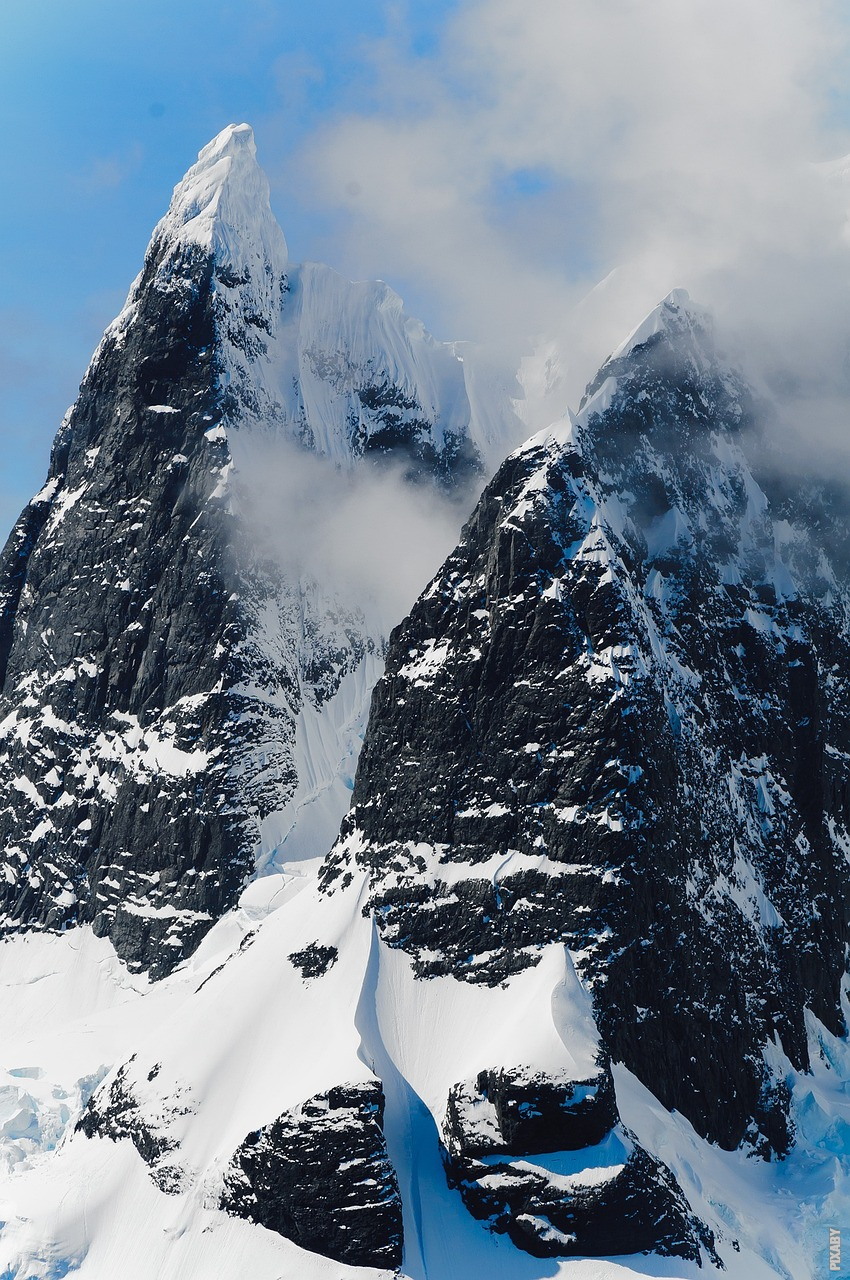Unveiling the Mysteries of the South Pole
The South Pole, a region of desolate beauty and extreme conditions, has long intrigued explorers and scientists alike. While it is commonly believed that both the North and South Poles experience similarly bone-chilling temperatures, the reality is far more fascinating.
A Frigid Wonderland
At first glance, the South Pole may appear to be just as cold as its northern counterpart. Its icy landscape stretches as far as the eye can see, with towering glaciers and vast ice sheets covering the terrain. However, delving deeper into the atmospheric dynamics sheds light on the surprising differences that set the two poles apart.
The Battle of Extremes
While the North Pole lies amidst a vast, unfrozen ocean, the South Pole is situated on the highest continent on Earth, Antarctica. This distinction plays a pivotal role in creating distinct climatic conditions. Antarctica’s elevation causes the cold air to sink, resulting in a unique weather phenomenon.
The Polar Vortex
One of the key factors contributing to the South Pole’s bone-chilling temperatures is the infamous polar vortex. This atmospheric phenomenon involves a large-scale cyclone that circulates frigid air around the pole. The polar vortex at the South Pole is particularly intense, with winds reaching mind-numbing speeds and temperatures dropping to astonishing lows.
Record-Breaking Cold
Antarctica holds the title for the lowest temperature ever recorded on Earth. In 1983, scientists measured a bone-chilling -128.6 degrees Fahrenheit (-89.2 degrees Celsius) at the Soviet Union’s Vostok Station, located near the South Pole. This staggering record highlights the unparalleled coldness experienced in this region.
Post
Post
Distinct Seasons
While the North Pole remains shrouded in darkness for six months during winter, the South Pole experiences a unique phenomenon known as the Midnight Sun. In contrast to the Arctic, where the sun dips below the horizon, the South Pole receives 24 hours of continuous daylight during its summer months. This prolonged exposure to sunlight significantly affects the temperature dynamics, making the South Pole a mesmerizing destination for scientific research.
Life at the Extremes
Surviving in such extreme conditions is no easy feat. Only a handful of researchers and scientists inhabit the South Pole, dedicating their lives to unraveling the secrets of this frozen wonderland. Their work not only advances our understanding of the planet but also paves the way for future scientific breakthroughs.
Conclusion
The South Pole, while sharing some similarities with the North Pole, boasts its own set of unique characteristics. Its extreme cold, fueled by the polar vortex and record-breaking temperatures, sets it apart from its northern counterpart. Exploring the mysteries of the South Pole continues to captivate our imagination and reminds us of the incredible diversity our planet holds, even in the harshest of environments.



